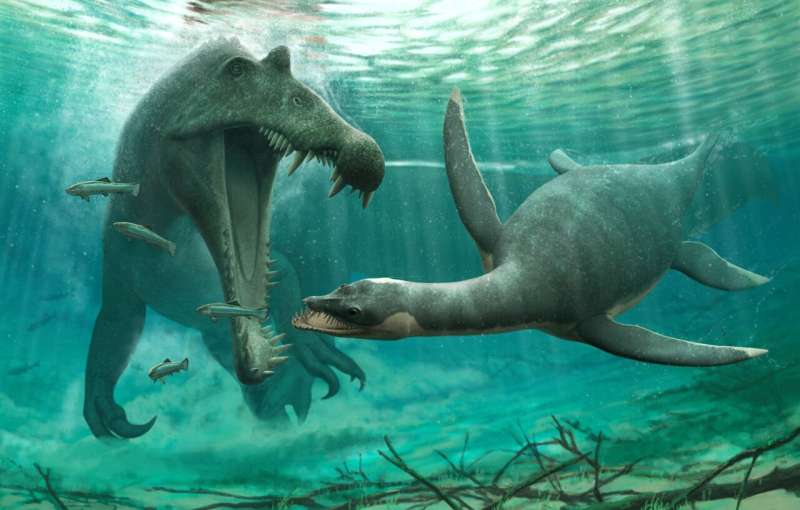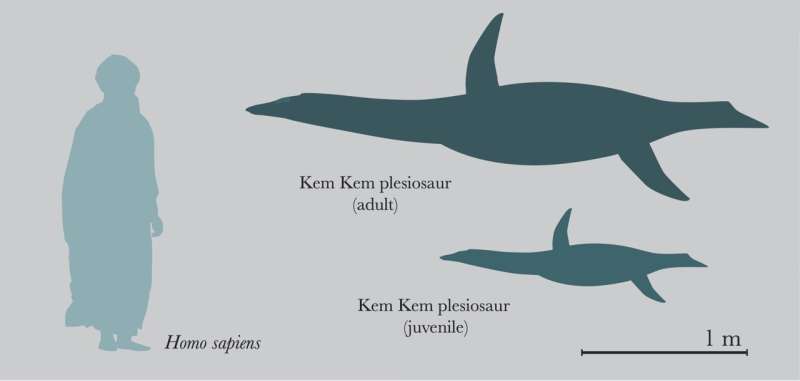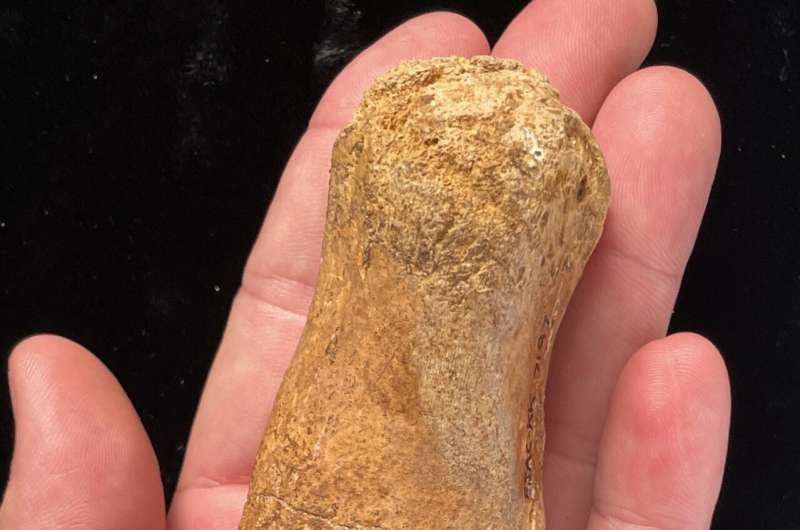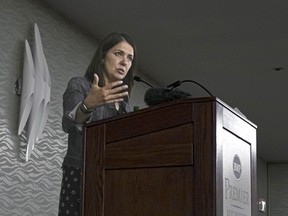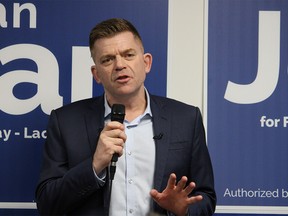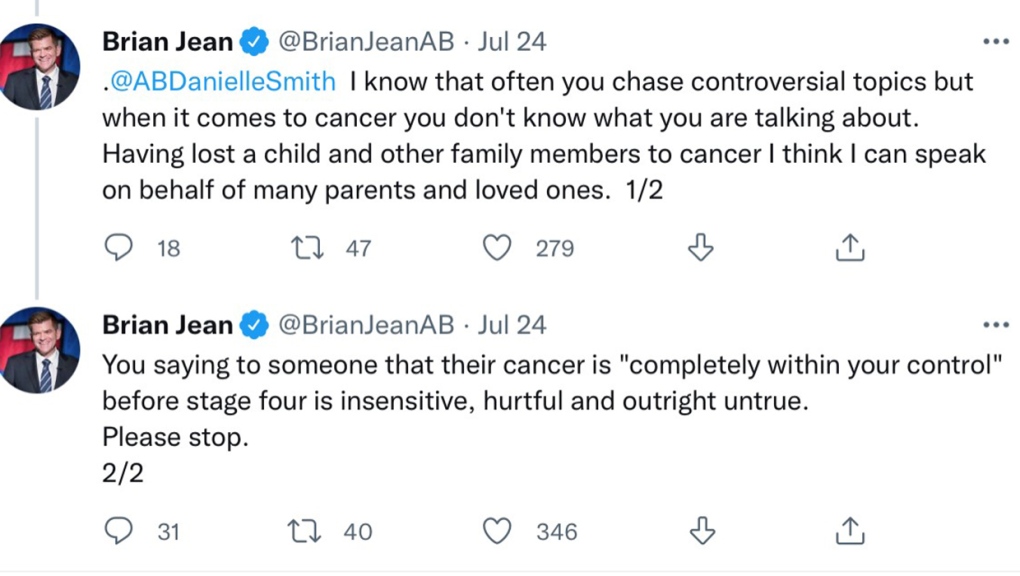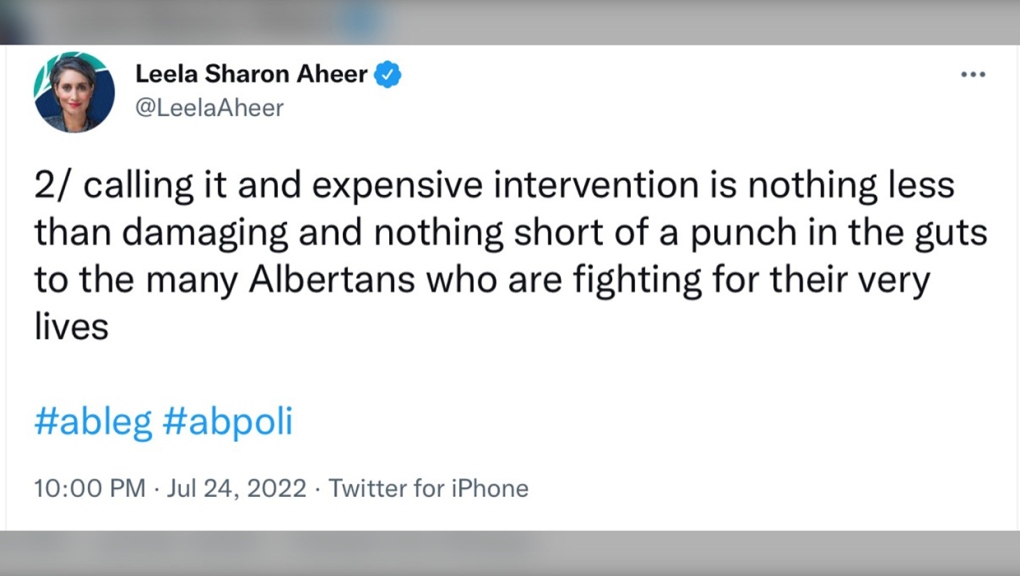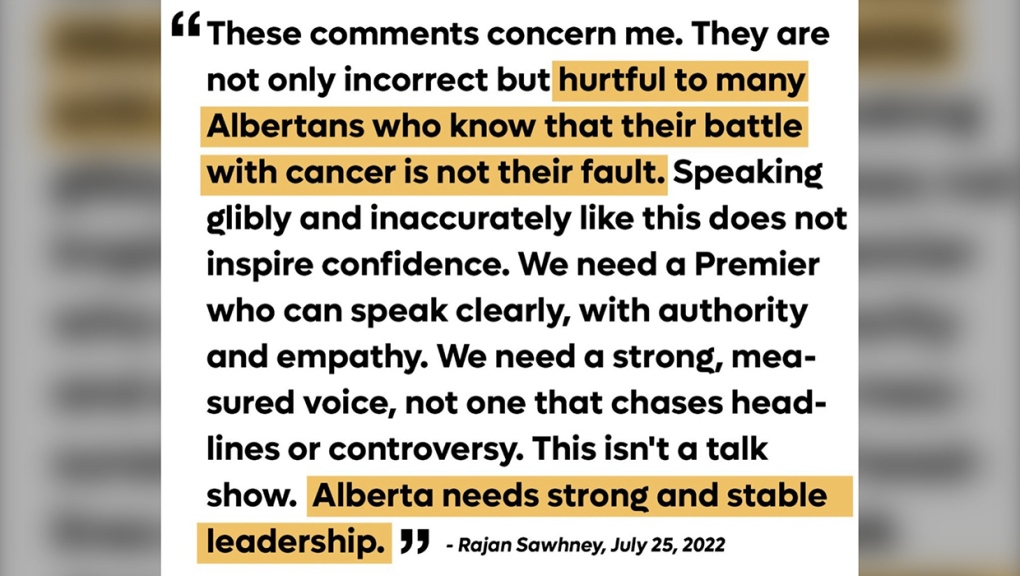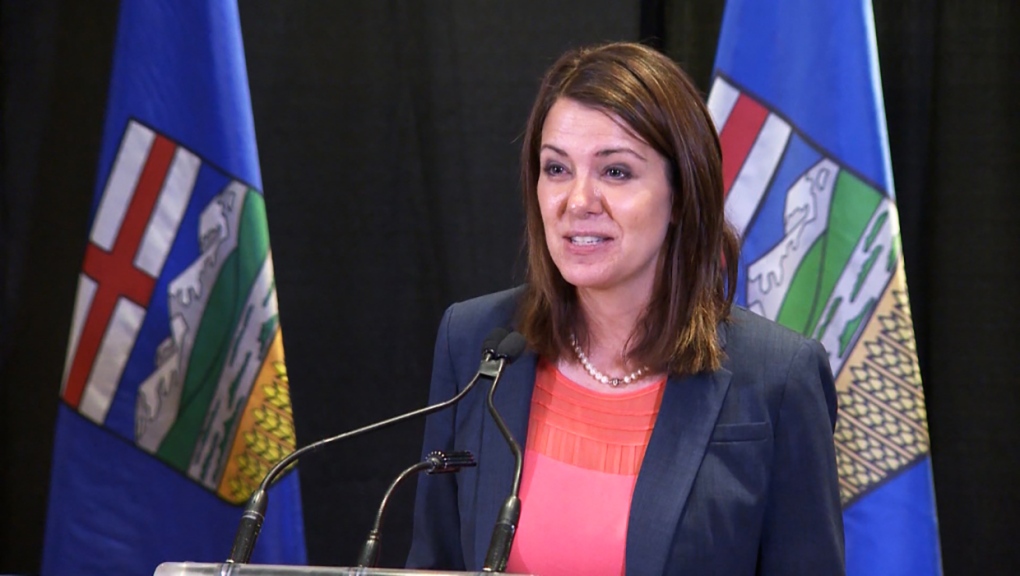Instead of siphoning off profits to private shareholders, state utility companies could tackle the cost of living and climate crisis
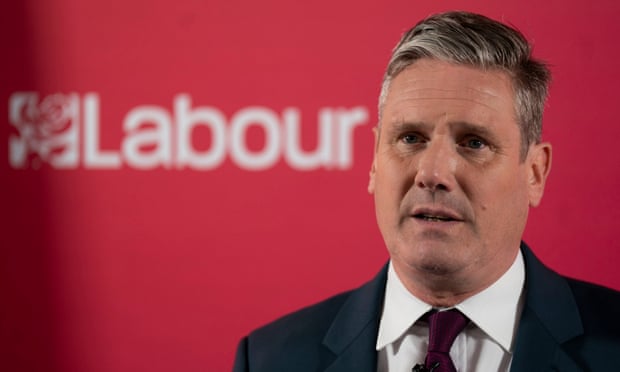
Cat Hobbs
Tue 26 Jul 2022
Yesterday morning, Rachel Reeves was drawn into stating on the Today programme that a Labour government would not bring rail, energy and water into public ownership. Then followed a number of tweets from Labour’s shadow transport ministers, reaffirming the party’s commitment to nationalising the railway. By the afternoon, Keir Starmer had confirmed that rail would indeed be brought into public ownership because this was “pragmatic”, but water and energy would not.
While Starmer claims the pragmatism of the policy rests on the fact that some of the rail network is already in public hands, the more relevant issue is that Labour is terrified of buying back assets. Bringing contracts (like rail franchises) into public ownership when they come to an end is generally cost-free whereas buying back water and energy companies involves compensating shareholders – and Jeremy Corbyn was hammered for this in the 2019 election.
Of course, if Labour brings the whole railway into public ownership and funds it properly, that will be a huge cause for celebration. Privatisation has utterly failed and wastes £1bn a year. The best railway in Europe is publicly owned, in Switzerland.
It could go further. If Labour’s rule is that public ownership is fine if it’s cost-free, why not set up a publicly owned energy supply company to compete in the market and offer people a better deal on their energy bills (as French EDF is doing right now)? The government has propped up Bulb at great cost when it could instead have created a new public supplier and transferred its 1.7 million customers. When smaller suppliers failed, they could be absorbed into this company.
It could go further still. Why not set up a publicly owned renewable generation company to drive forward water and wind energy, while creating jobs and boosting the economy? The Norwegian state owns Statkraft, the largest renewables generator in Europe and is considering setting up a state-owned hydrogen company. Denmark owns 50% of Ørsted (previously Dong Energy), the world’s largest developer of offshore wind power.
Creating an energy supplier and a renewable generation company could be done at very little cost, and would be a pragmatic way to use public ownership to tackle the cost of living crisis and the climate crisis.
But by awkwardly dodging discussion of buying back water and energy grids, when recent polling shows a majority of “red wall” voters believe they belong in public hands, Labour is missing an opportunity.
The privatised English water monopolies have spewed sewage into our rivers and seas, killing fish and making children ill wand allow 900 Olympic swimming pools worth of water a day to leak away, racking up a debt mountain, paying CEOs millions and allowing 900 Olympic swimming pools worth of water a day to leak away because they’d rather not spend money on investing in infrastructure. Meanwhile, they return around £2bn a year to shareholders, pay their CEOs millions and rack up a debt mountain at our expense. Scottish Water has spent £72 a year extra per household on infrastructure because it’s in public ownership.
The energy grid monopolies have extremely high profits, and have similarly been slow to invest in infrastructure. Bringing energy transmission and distribution into public hands would save about £3.7bn a year.
It’s understandable that Labour is scared to talk about this. But bringing these assets into public hands would be a brilliant deal for the public purse. Every household in the country could benefit, and so would local economies.
Parliament can judge what is in the public interest and decide how much compensation would be appropriate. It seems reasonable to compensate shareholders for the money they originally invested, rather than the current market value of shares. The policy would pay for itself in around seven years on that basis.
Would this hurt our pensions? Absolutely not. Our water companies and energy networks are primarily owned by shareholders abroad. Wessex Water, for example, is owned by a Malaysian company, and Northumbrian Water is 80% owned by Li Ka Shing, a Hong Kong businessman. Only 8.5% of the water sector is owned by UK pensions. Northern Powergrid which provides electricity to the North East, is owned by Warren Buffett. UK Power Networks, covering London, is also owned by Li Ka Shing. Only 8.5% of the water sector is owned by UK pensions. US billionaire Warren Buffett owns Northern Powergrid, which provides electricity to north-east England. Li Ka-shing, a Hong Kong businessman owns UK Power Networks, covering London. Only 2% of our energy is owned by UK pensions.
How about really taking back control, having water and energy companies that work for the British public and protecting pensions as needed while we do it? England’s model of selling off water assets wholesale is unique and the UK is almost the only country in Europe to have a privatised energy grid.
Reeves has already committed to £28bn of green investment a year. Bringing water and energy into public ownership would also be an investment, giving the government tools to cut bills, connect up community renewables to the grid, upgrade infrastructure to stop leaks and clean up rivers and seas.
People want decent public transport. They also want affordable energy bills and rivers that aren’t filled with sewage. Taking back our national assets is not only pragmatic, it’s a vote winner.
Cat Hobbs is the founder of We Own It, an organisation that campaigns for public ownership of public services
